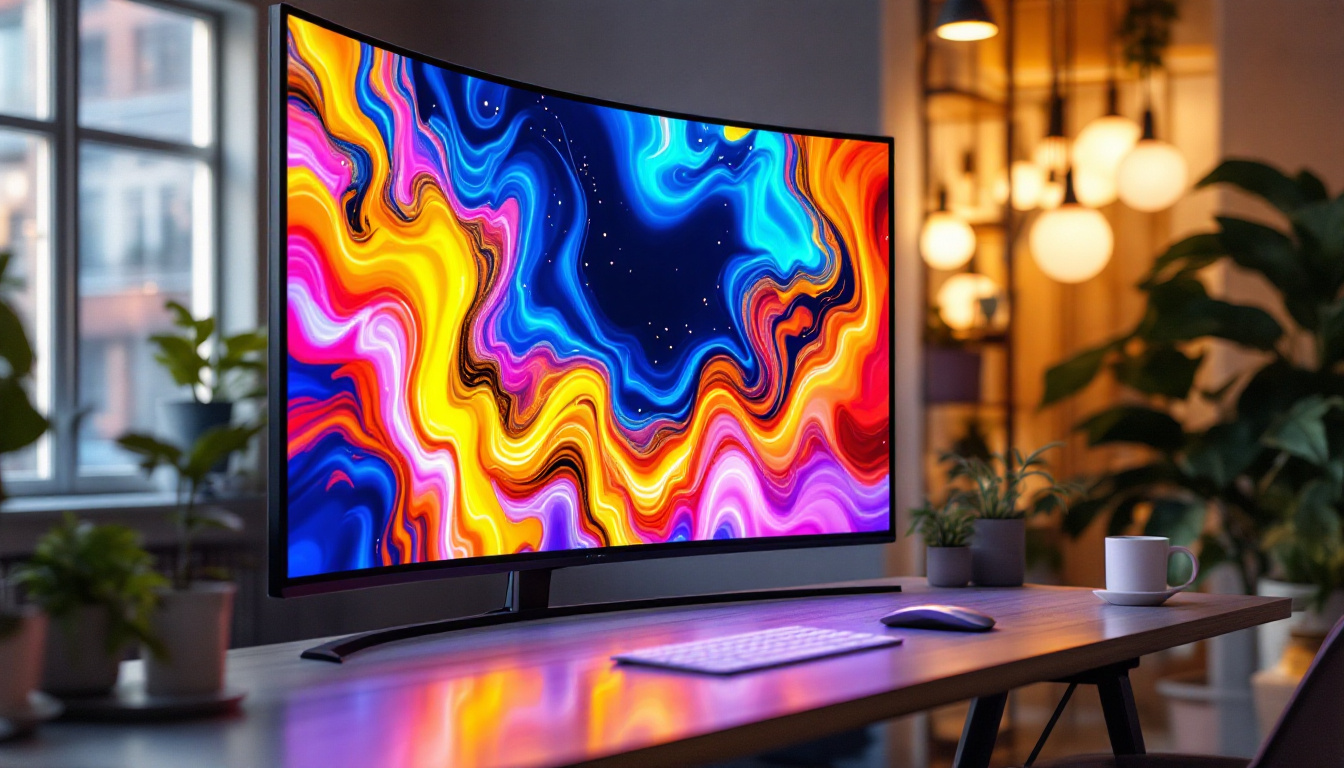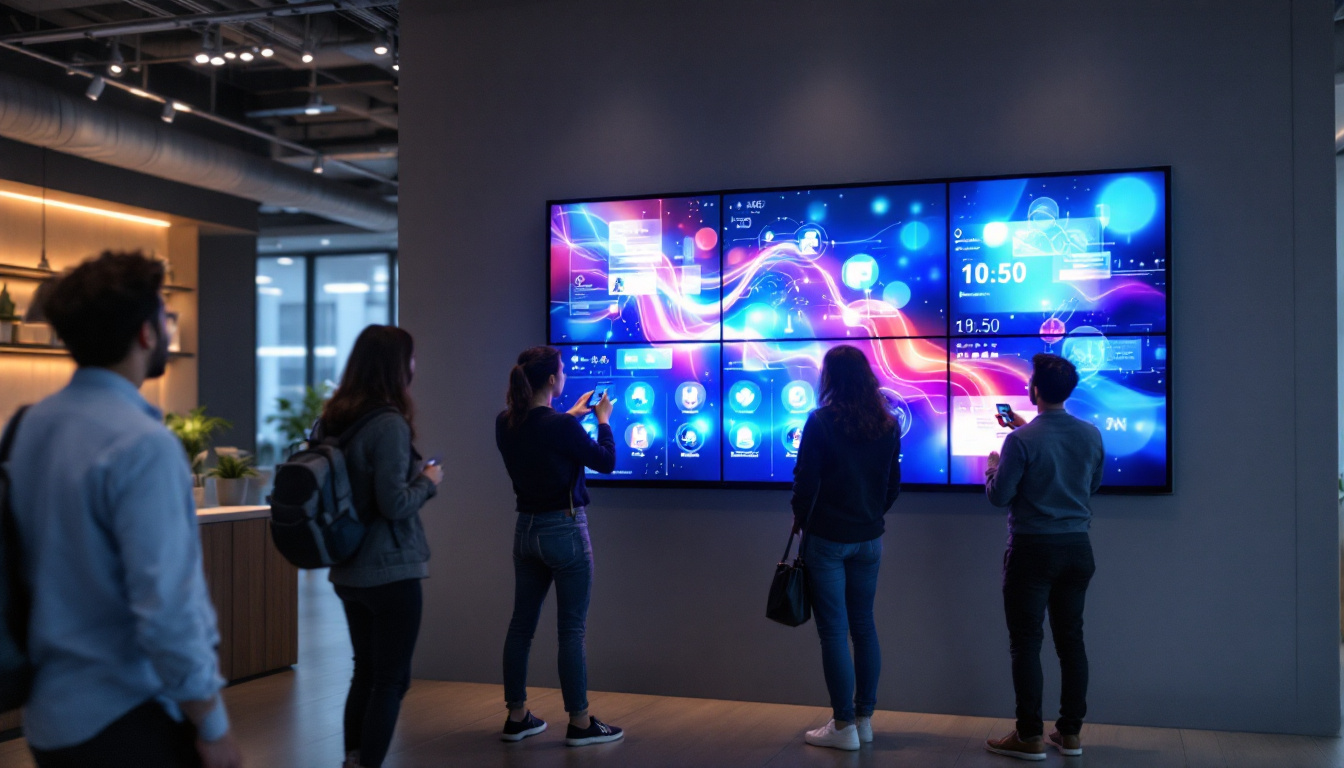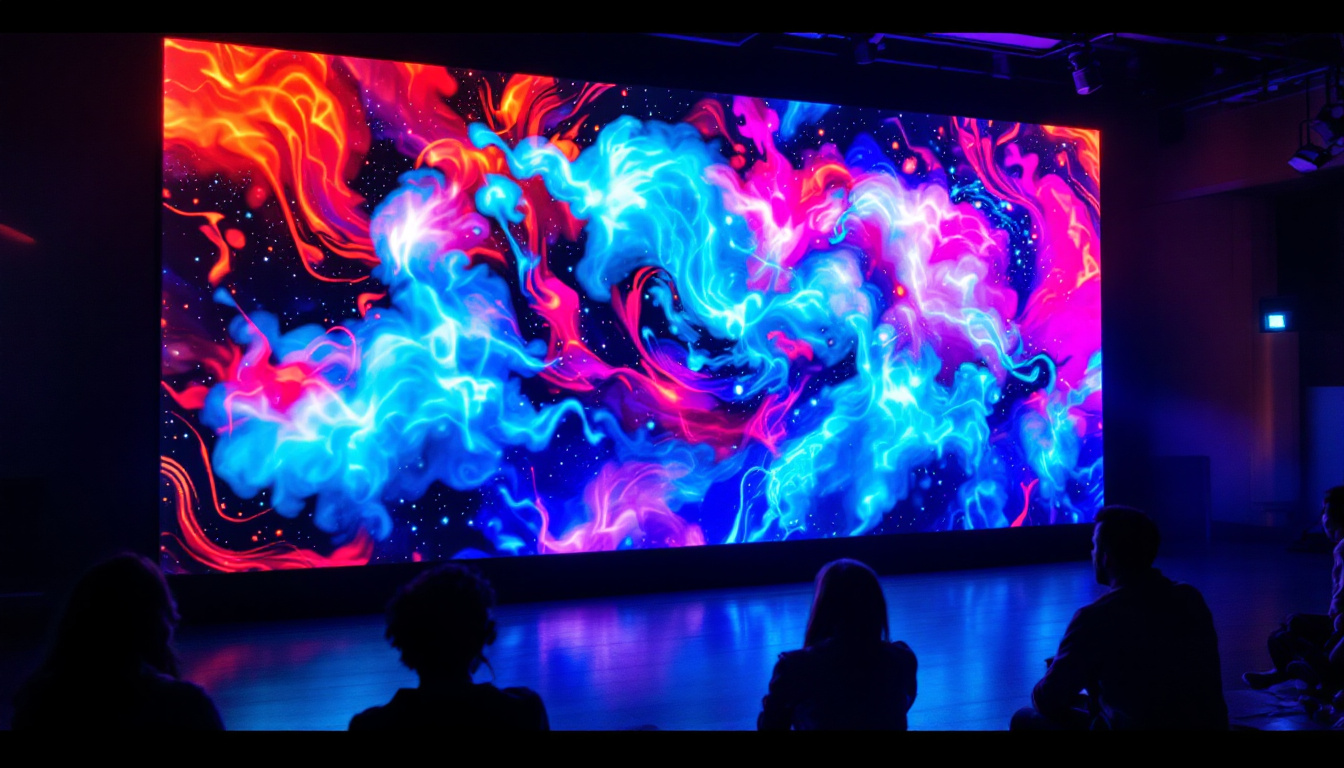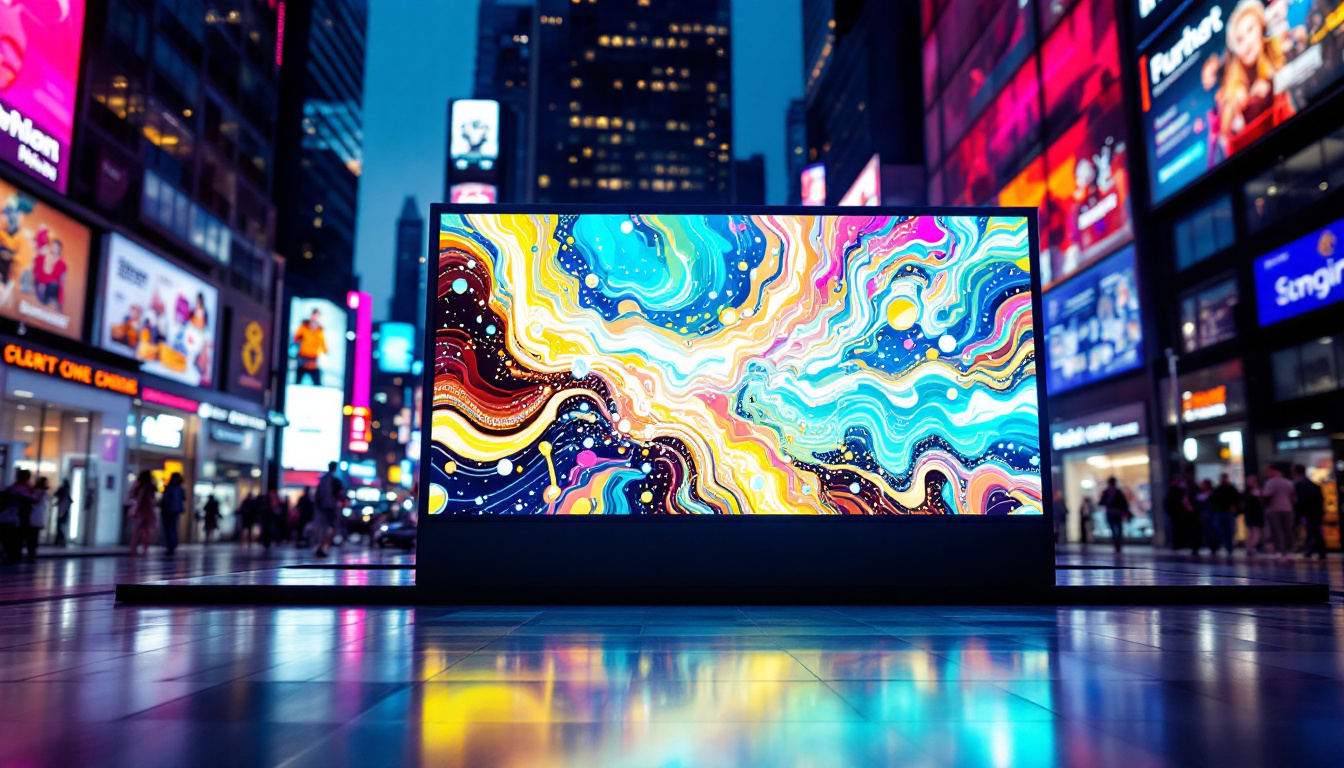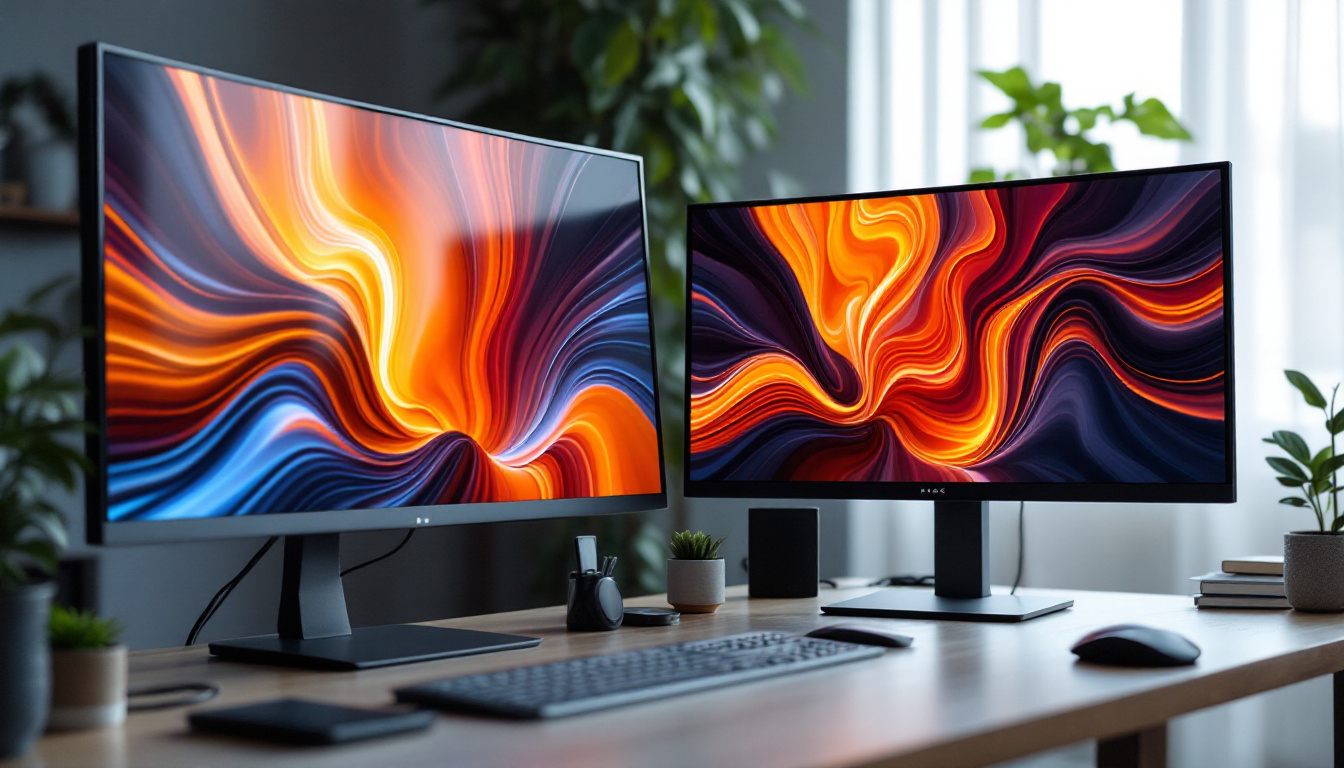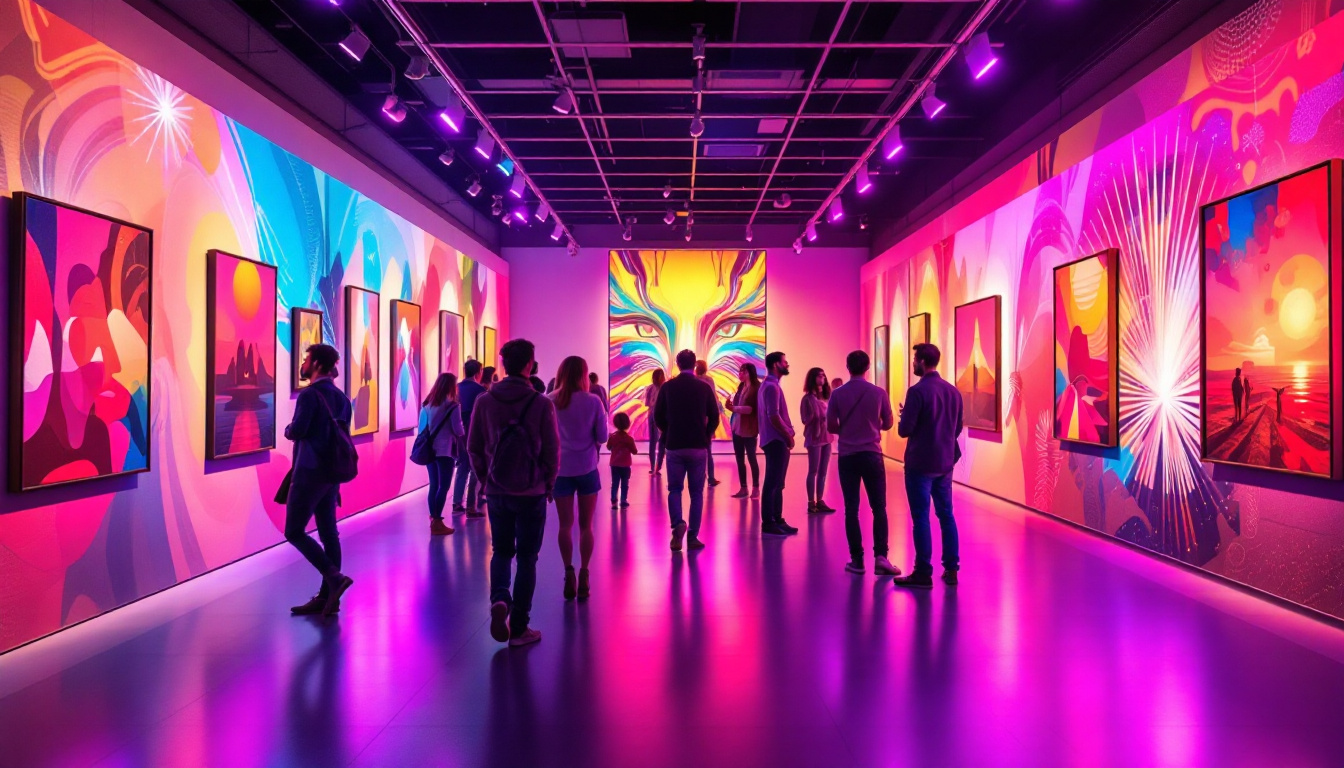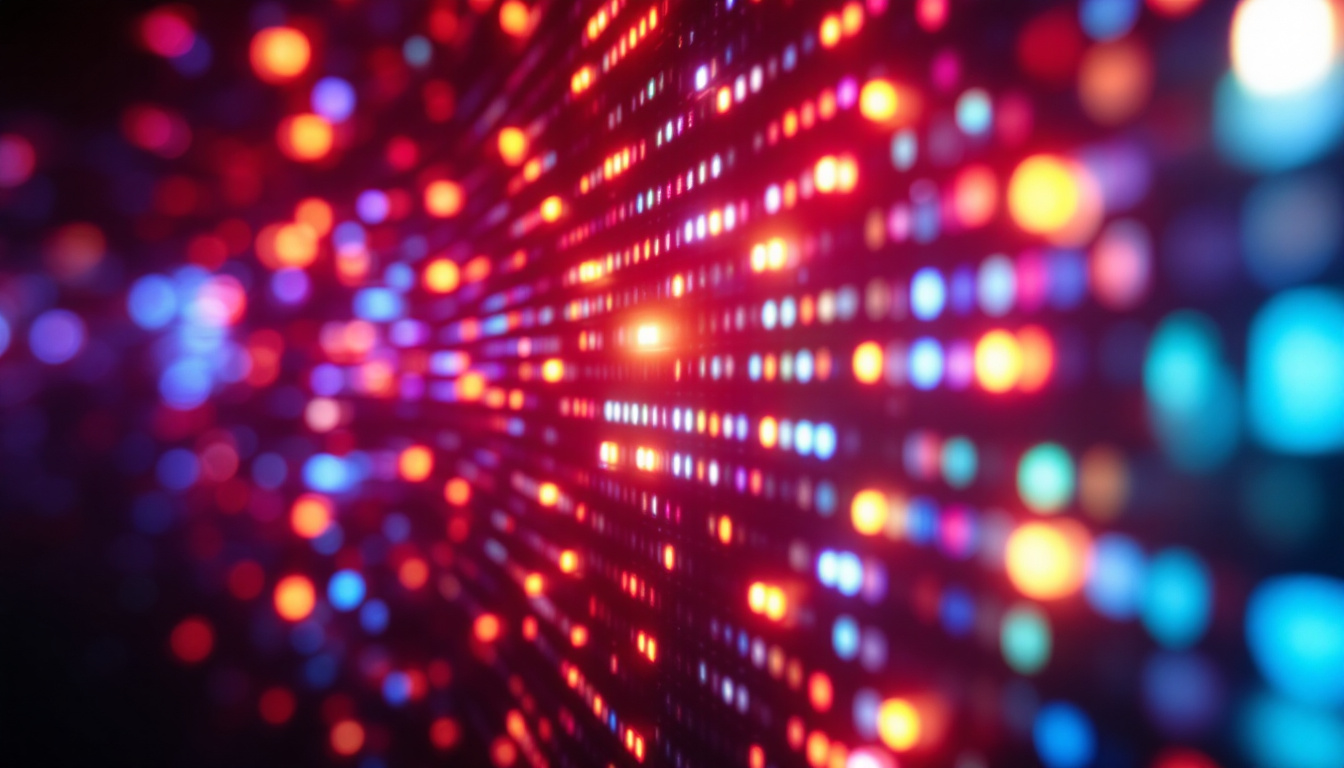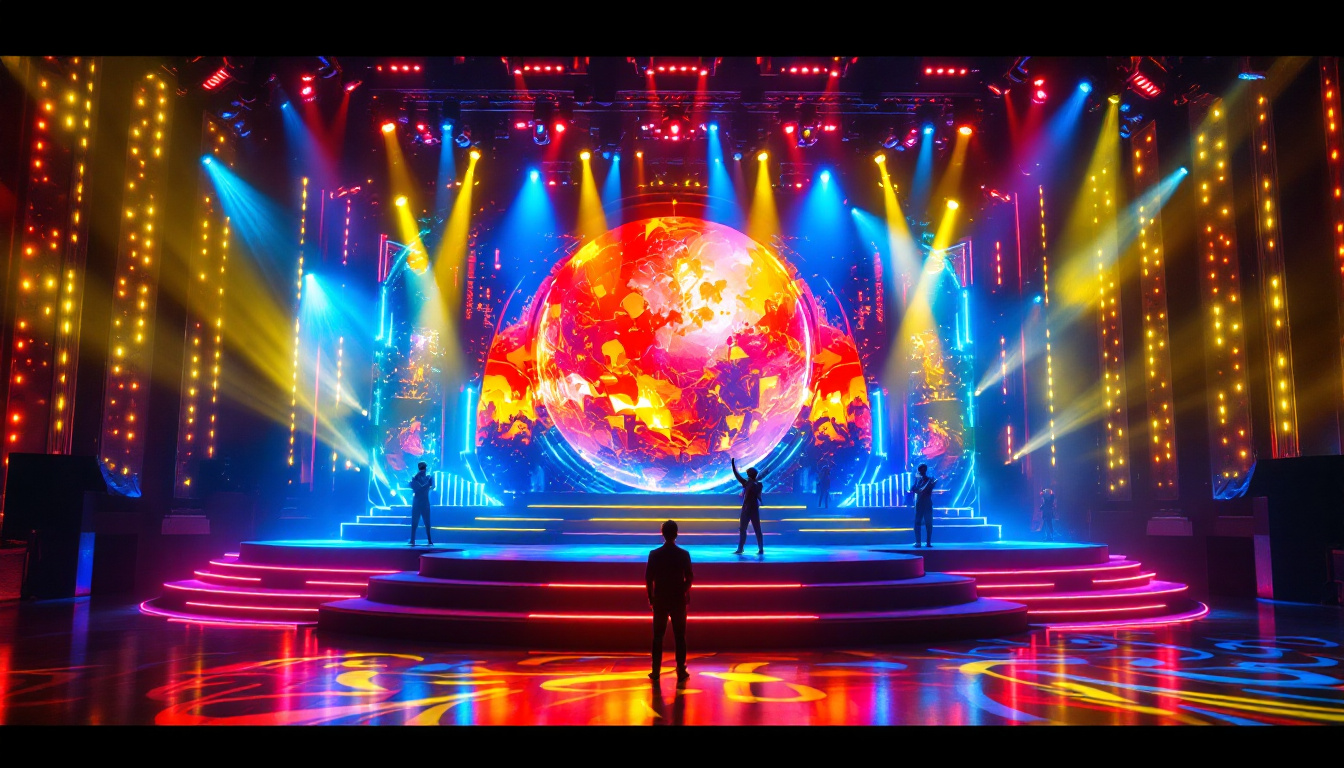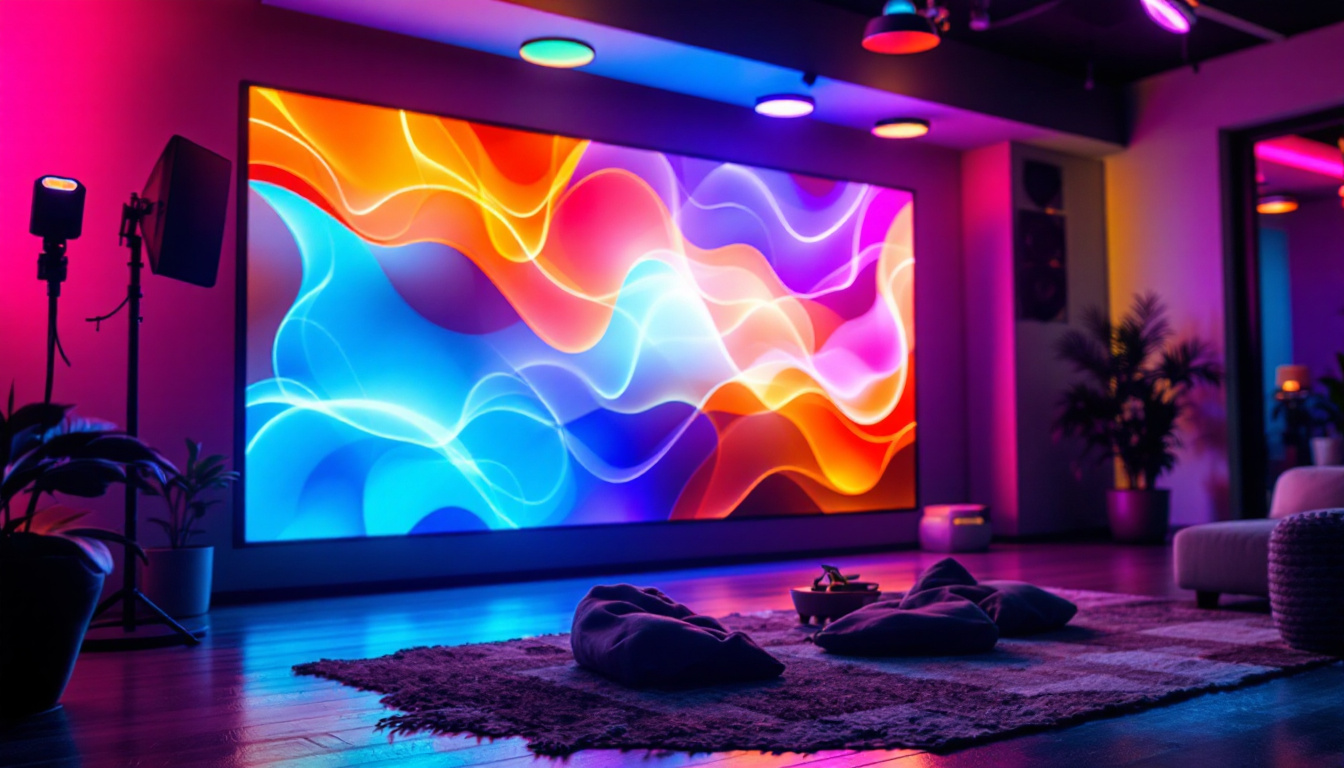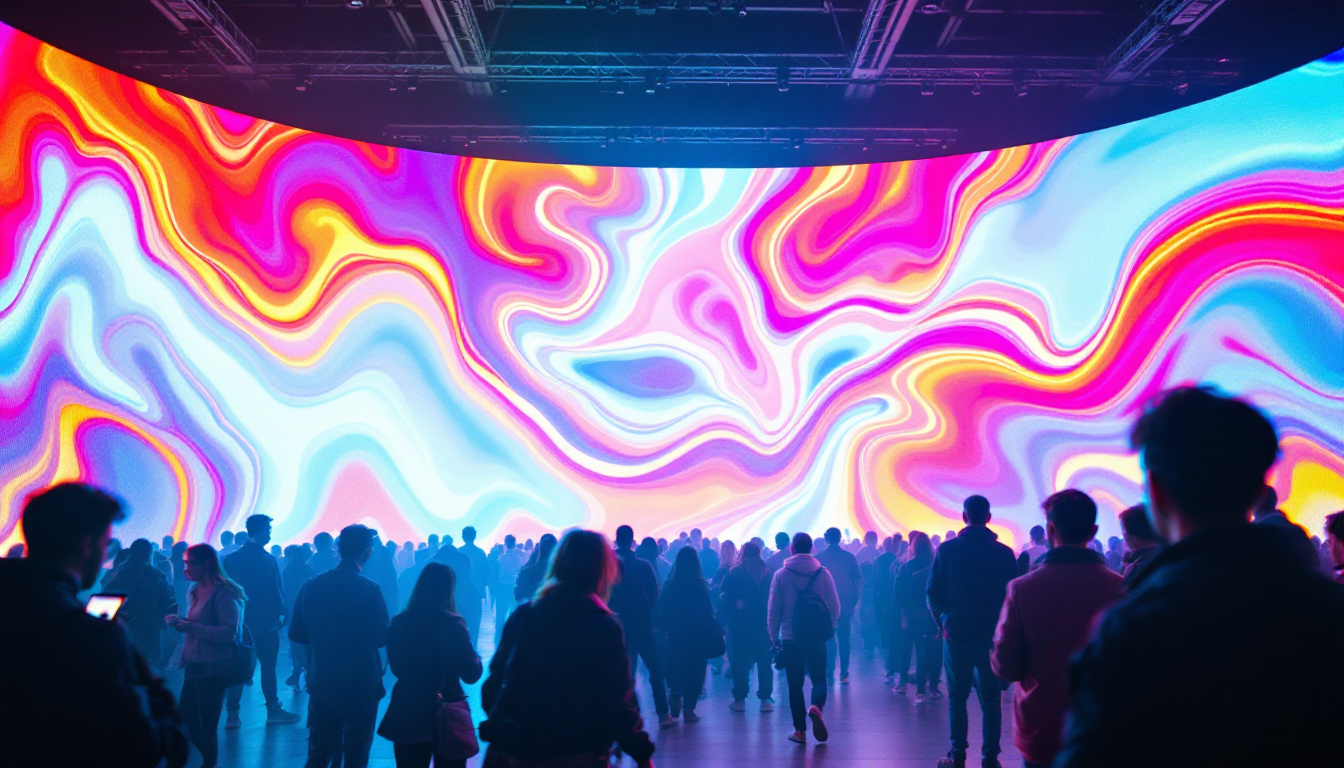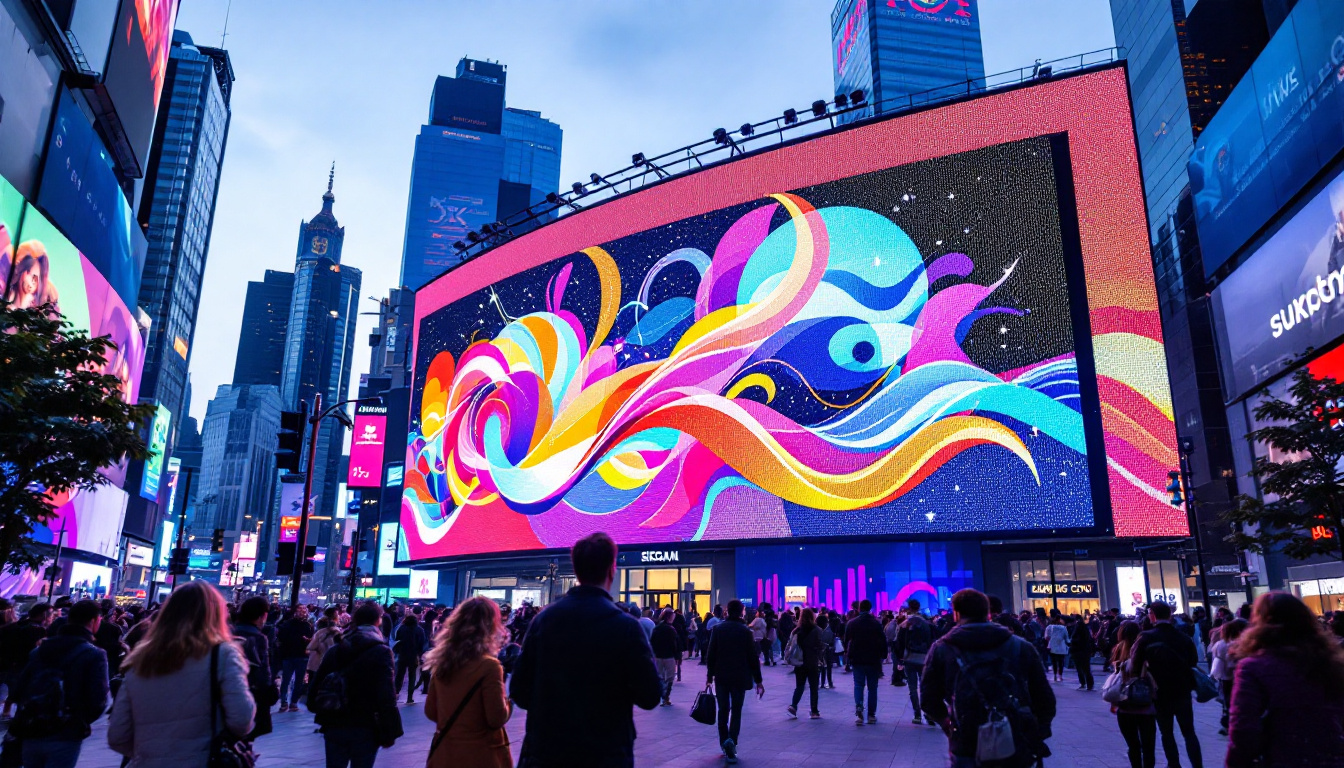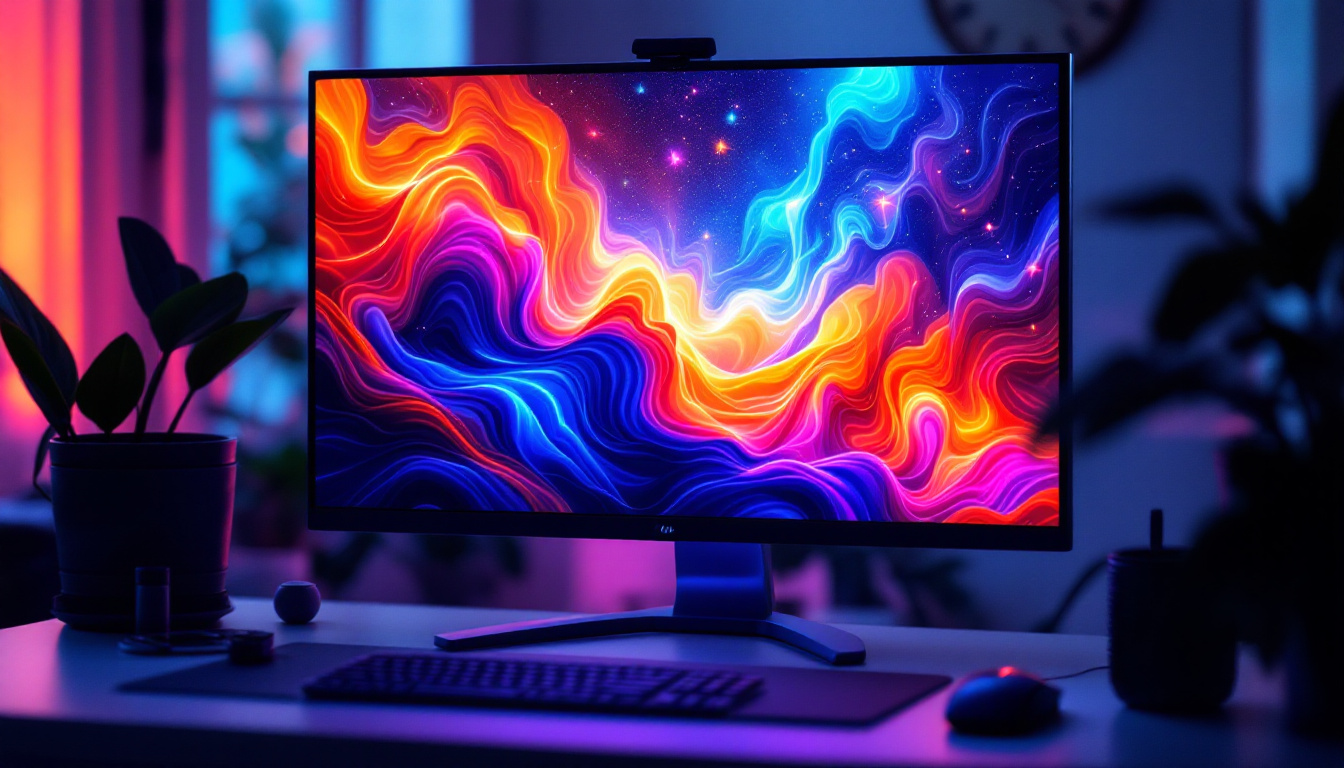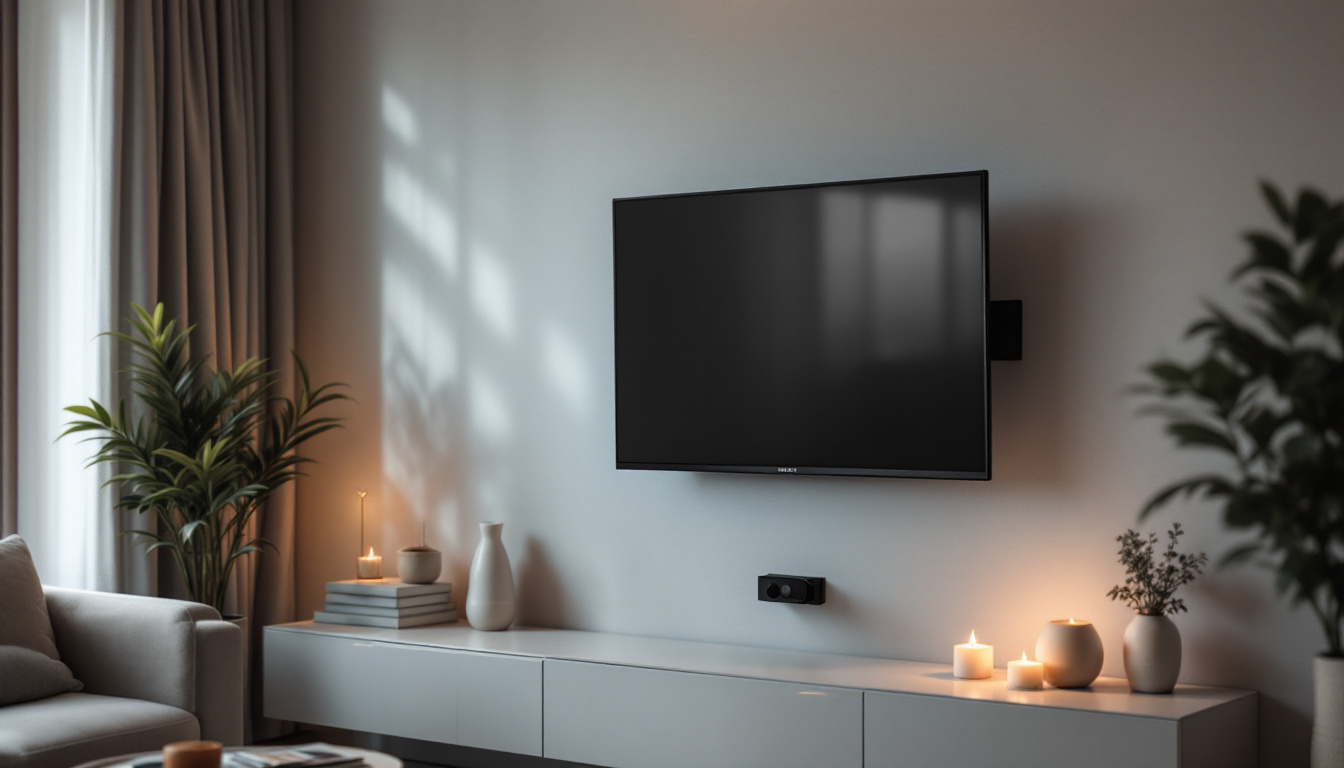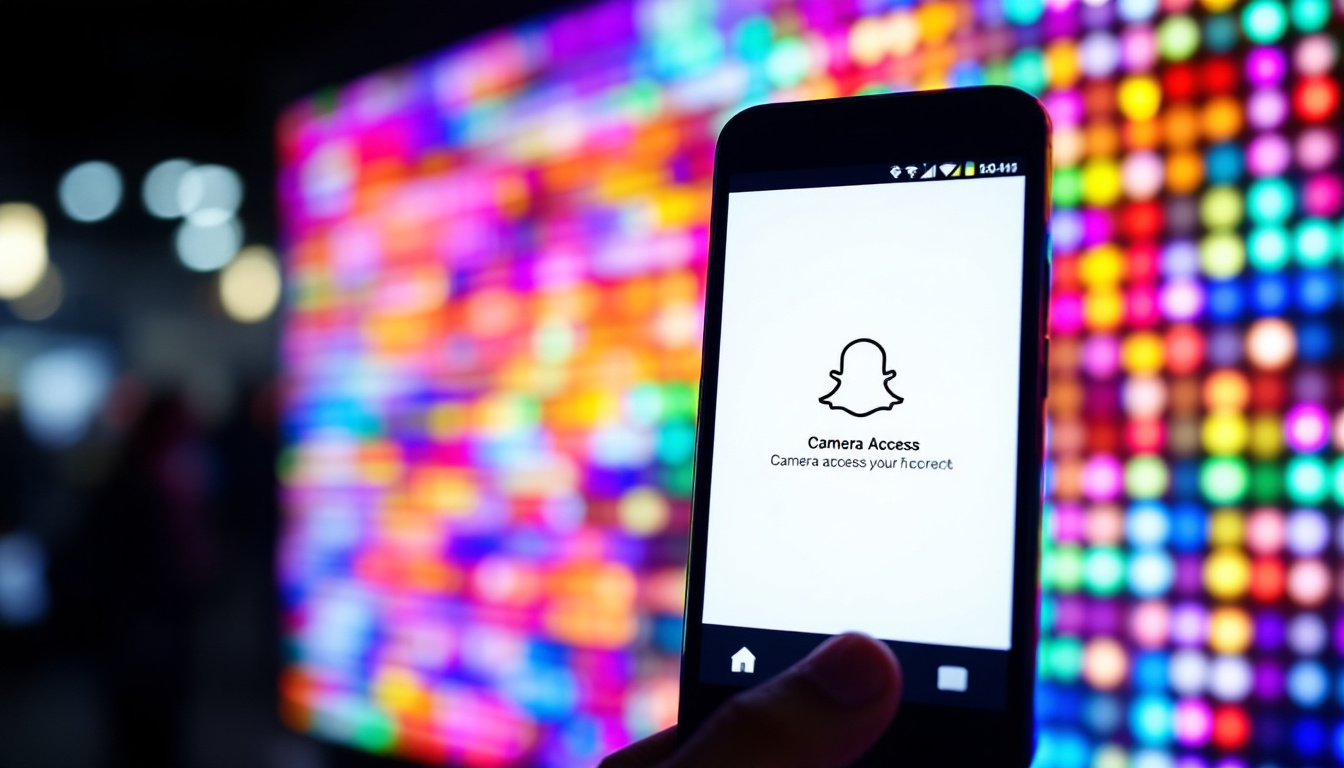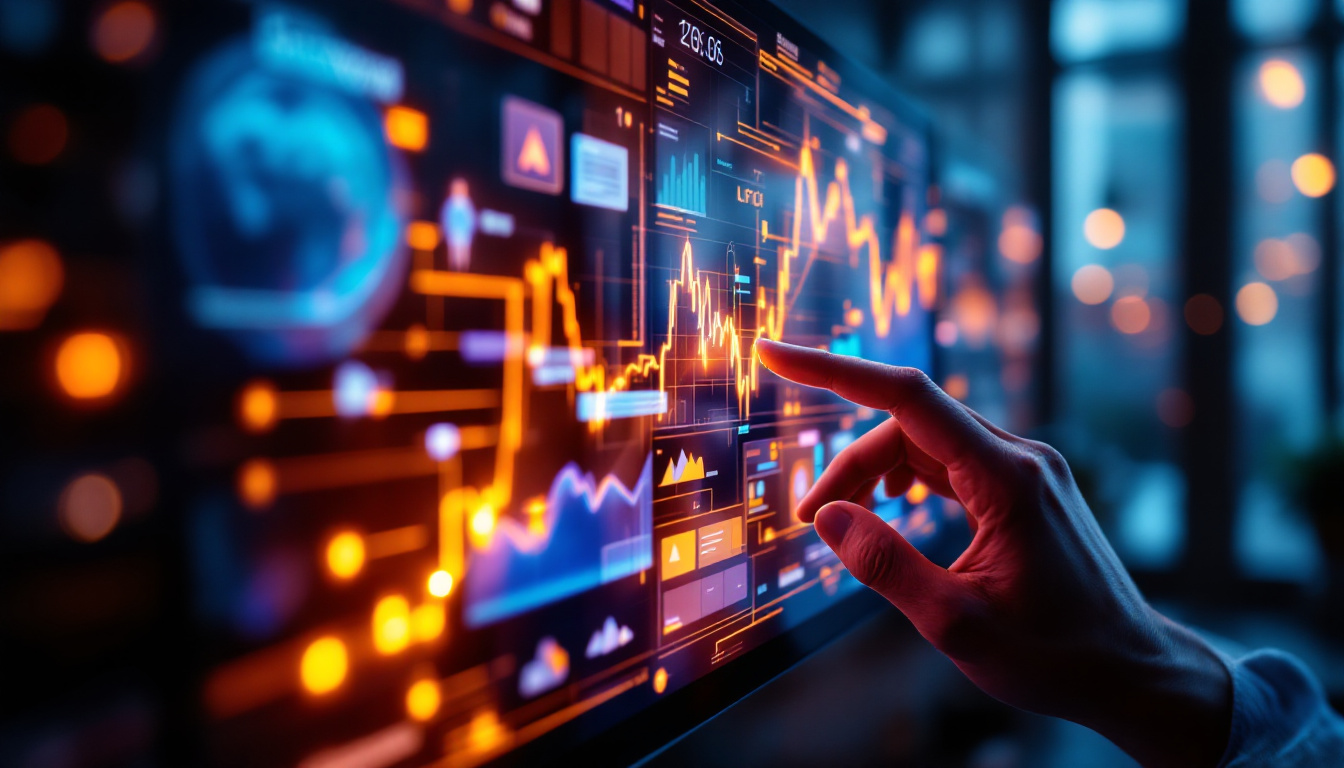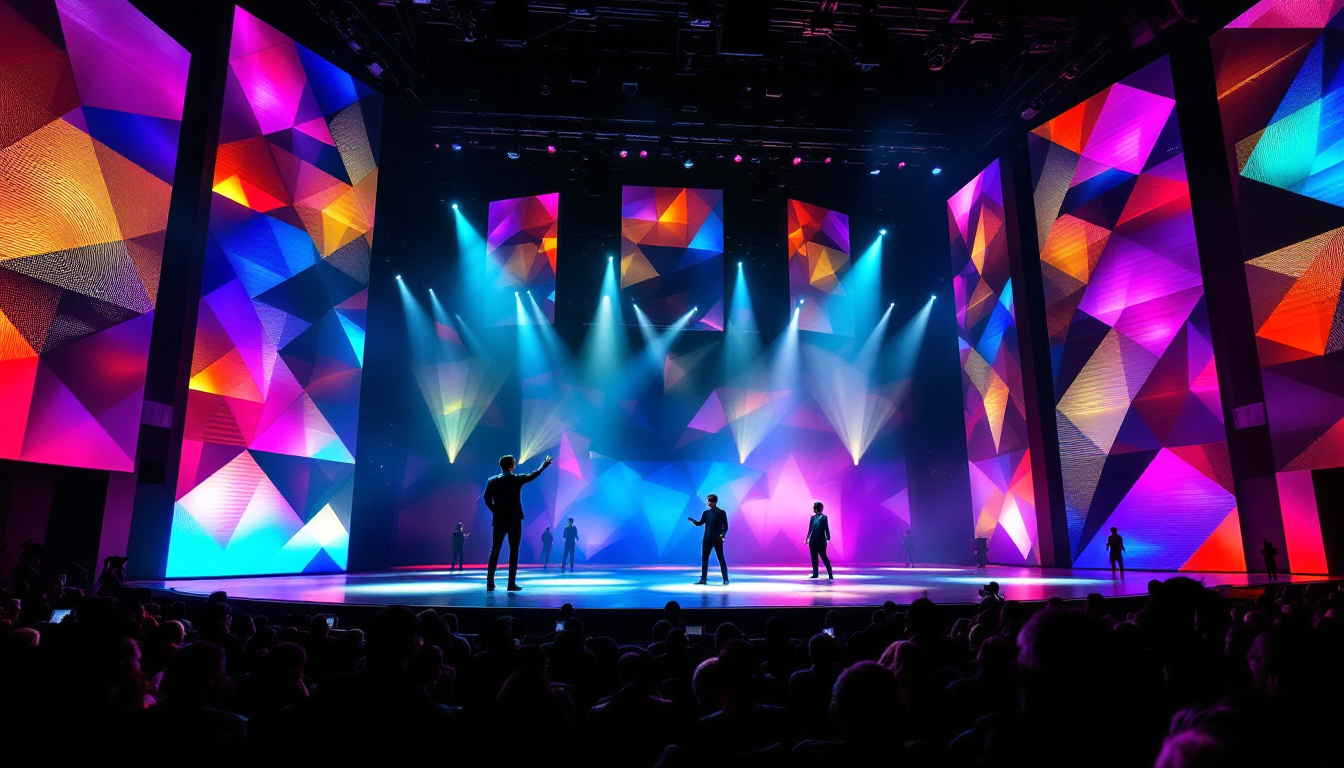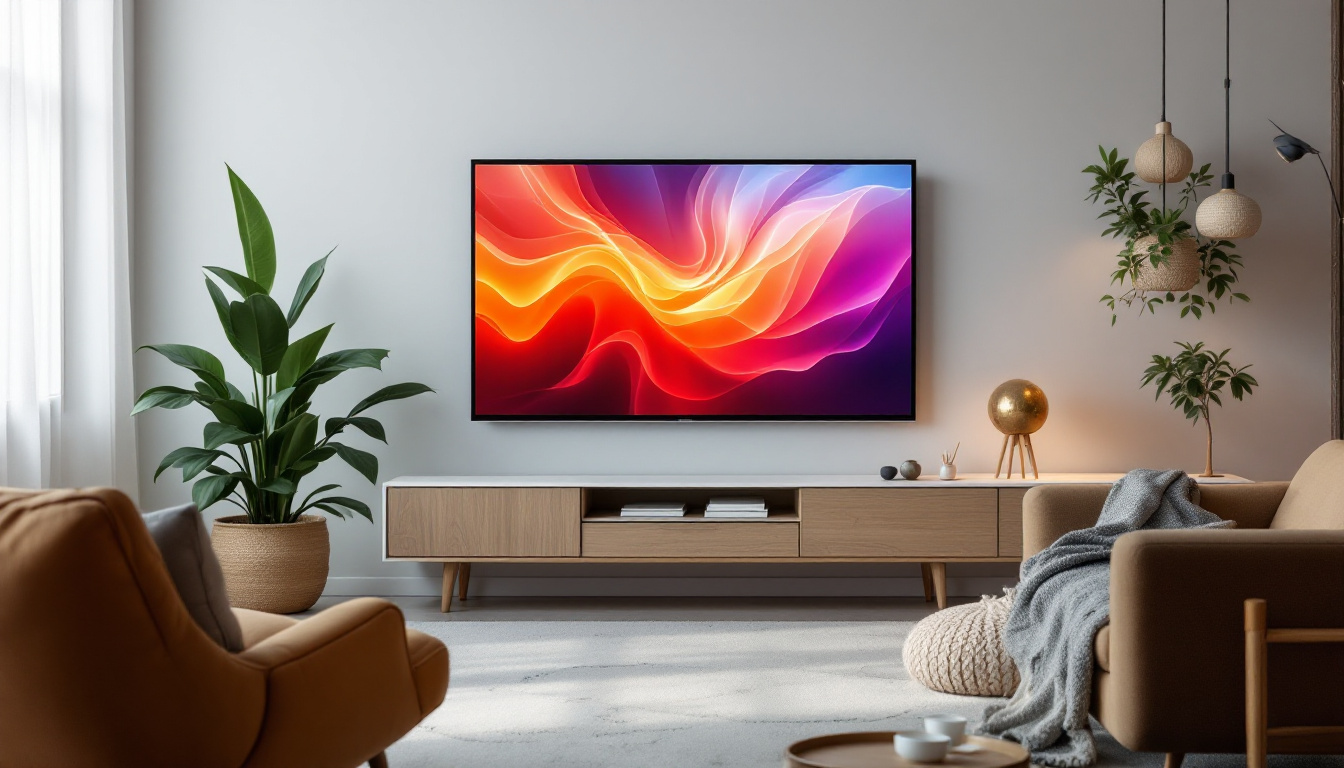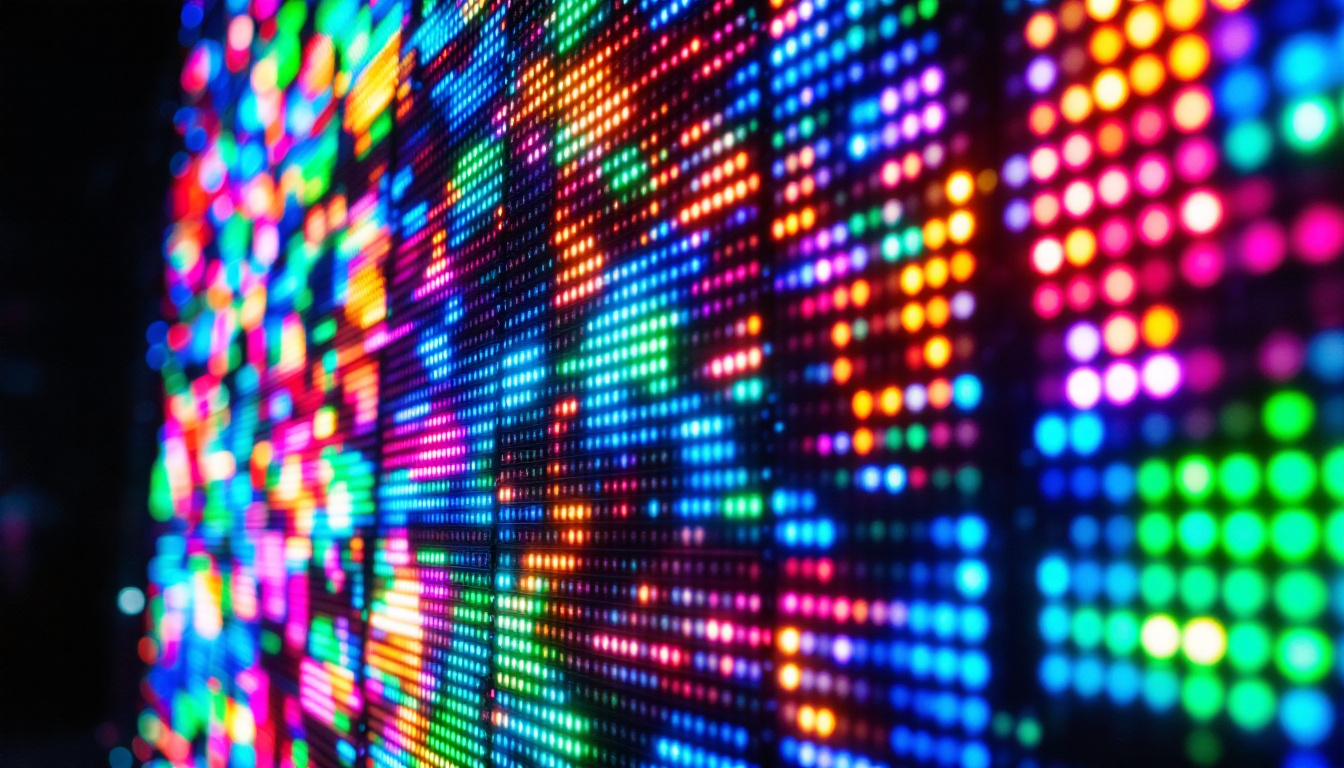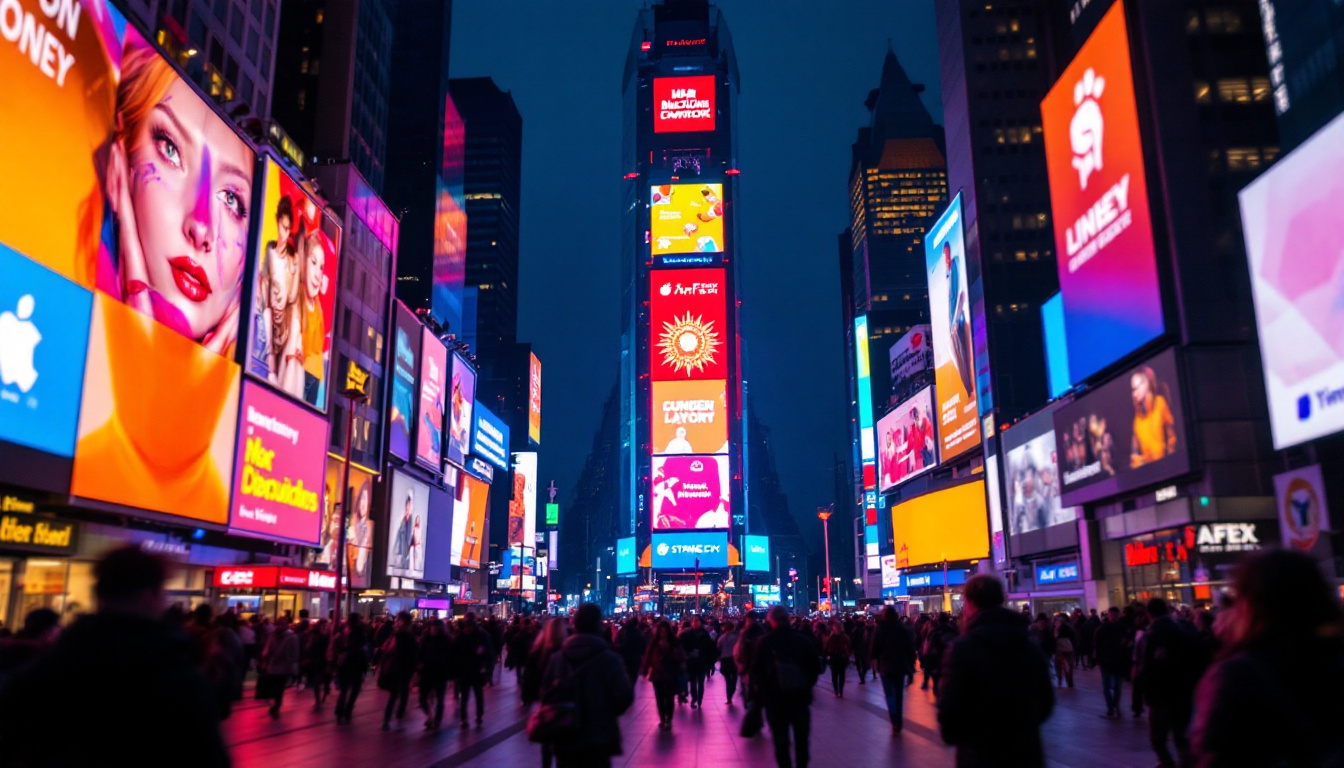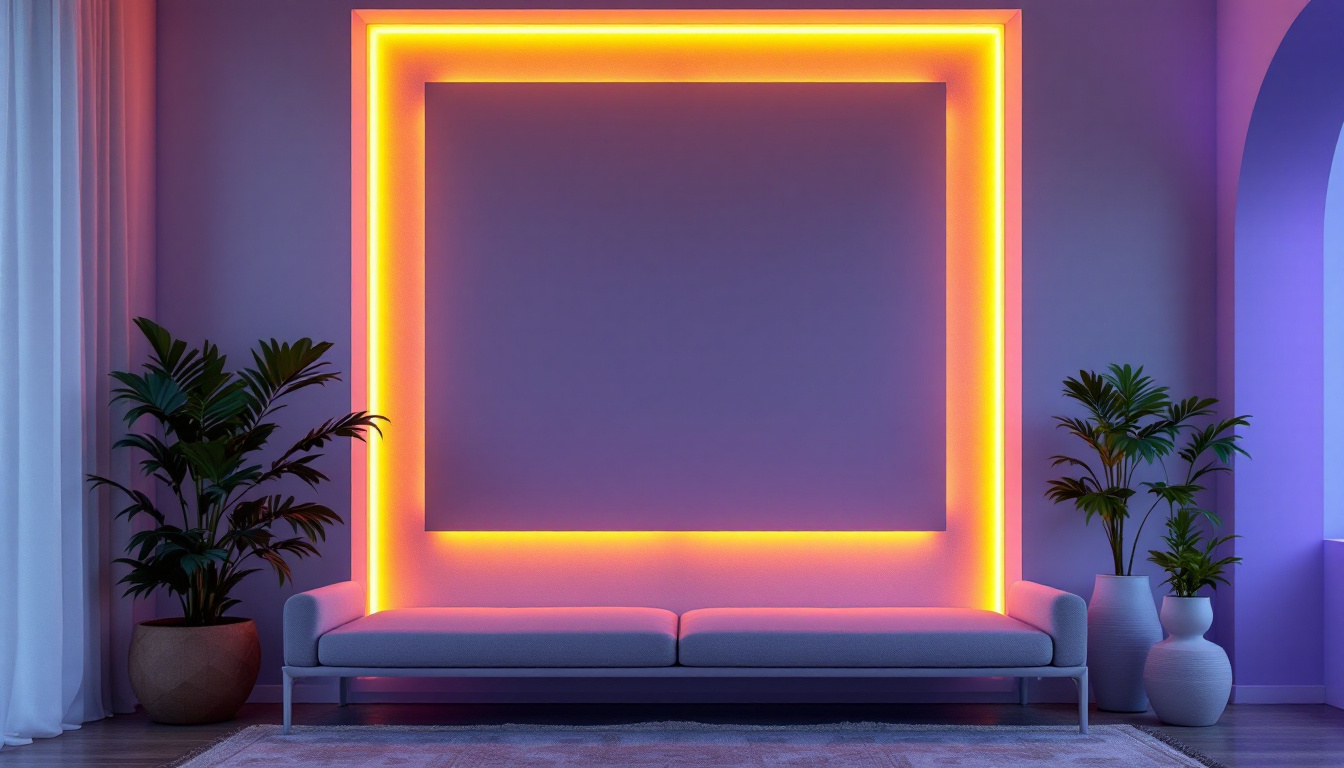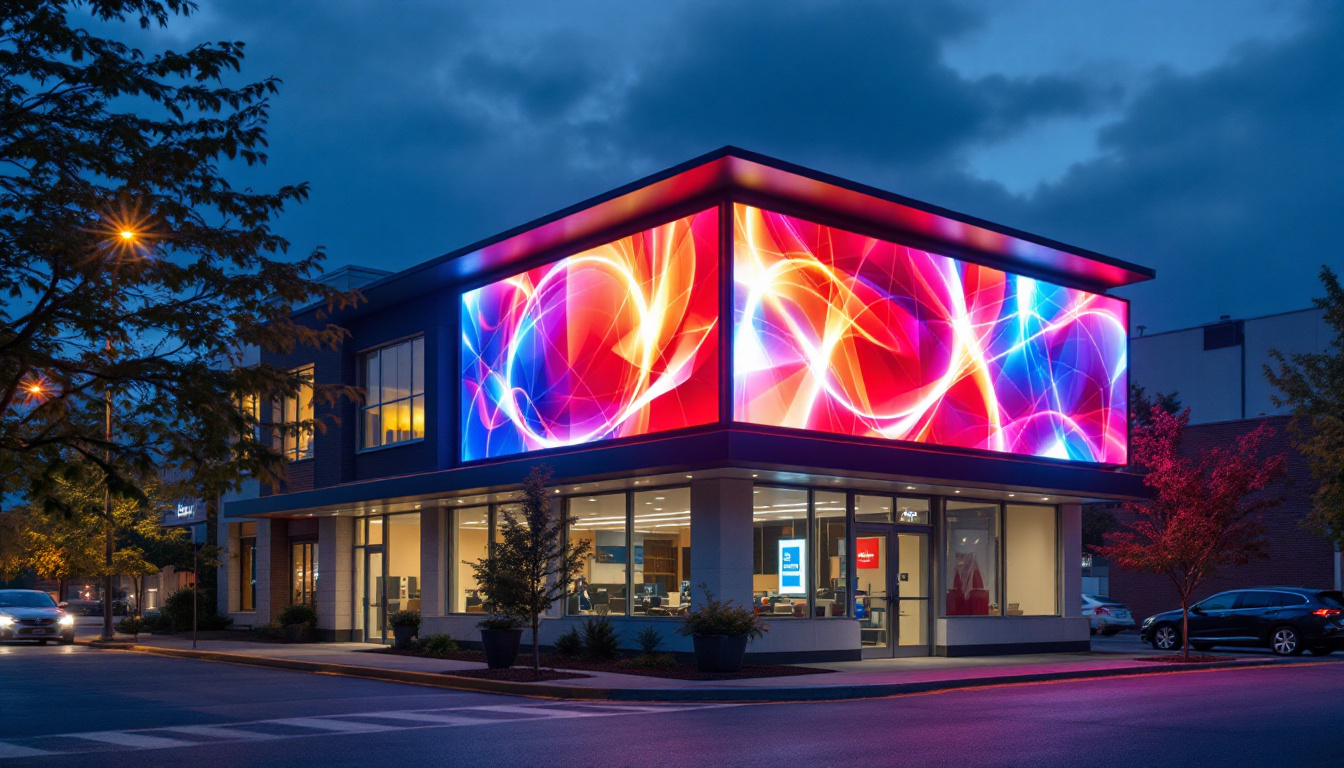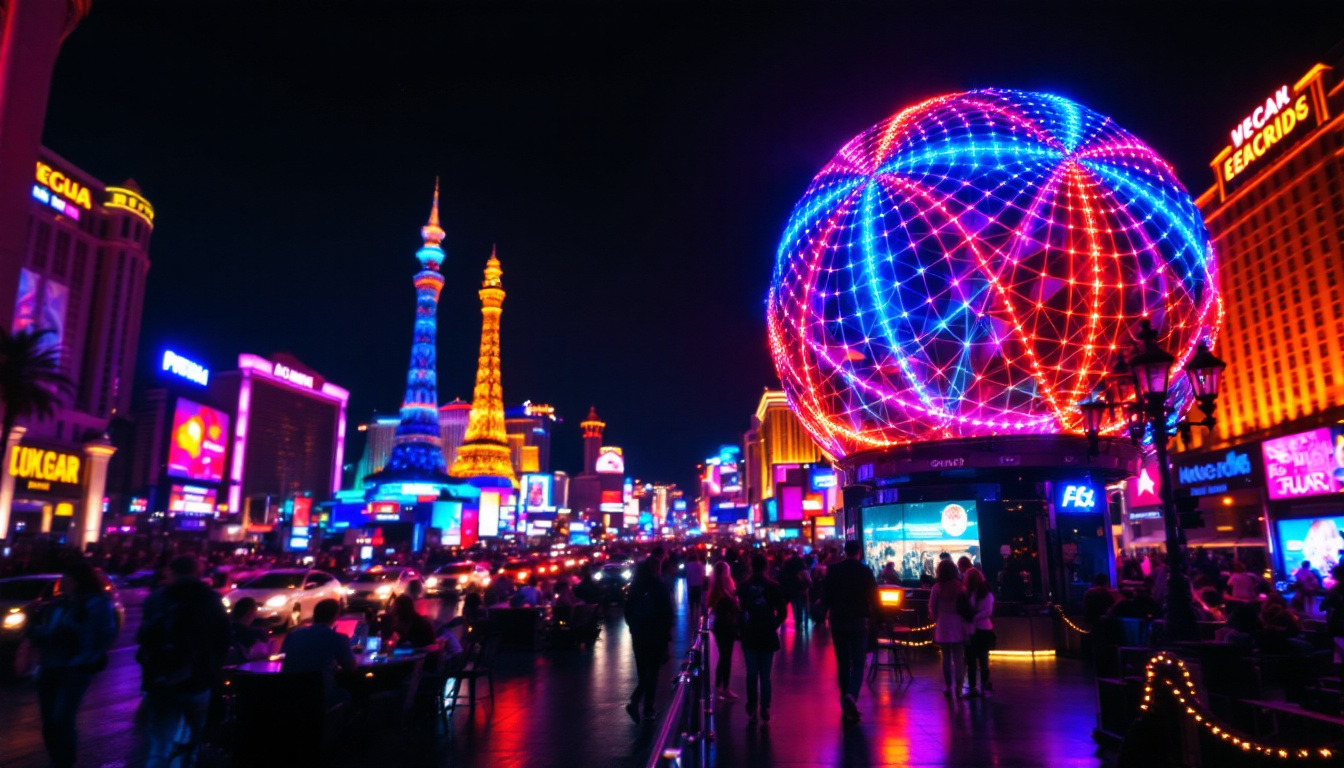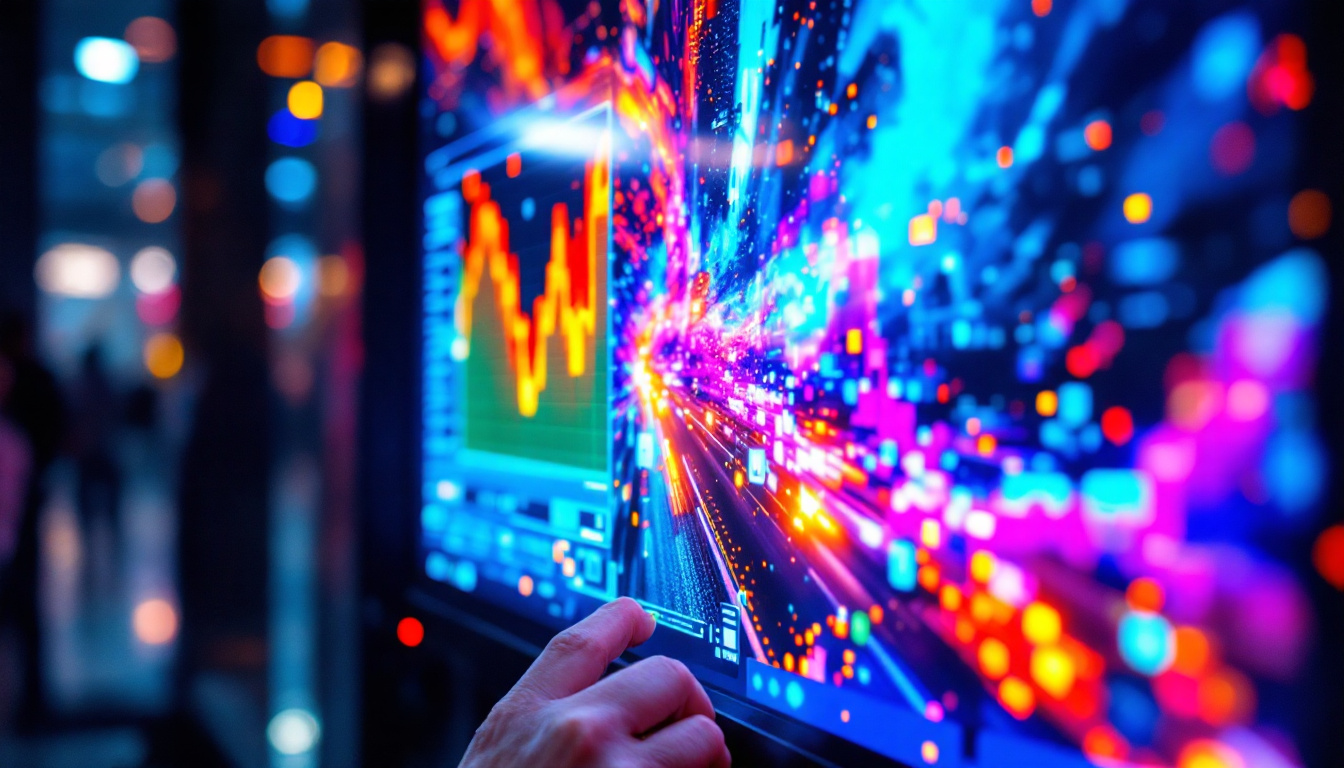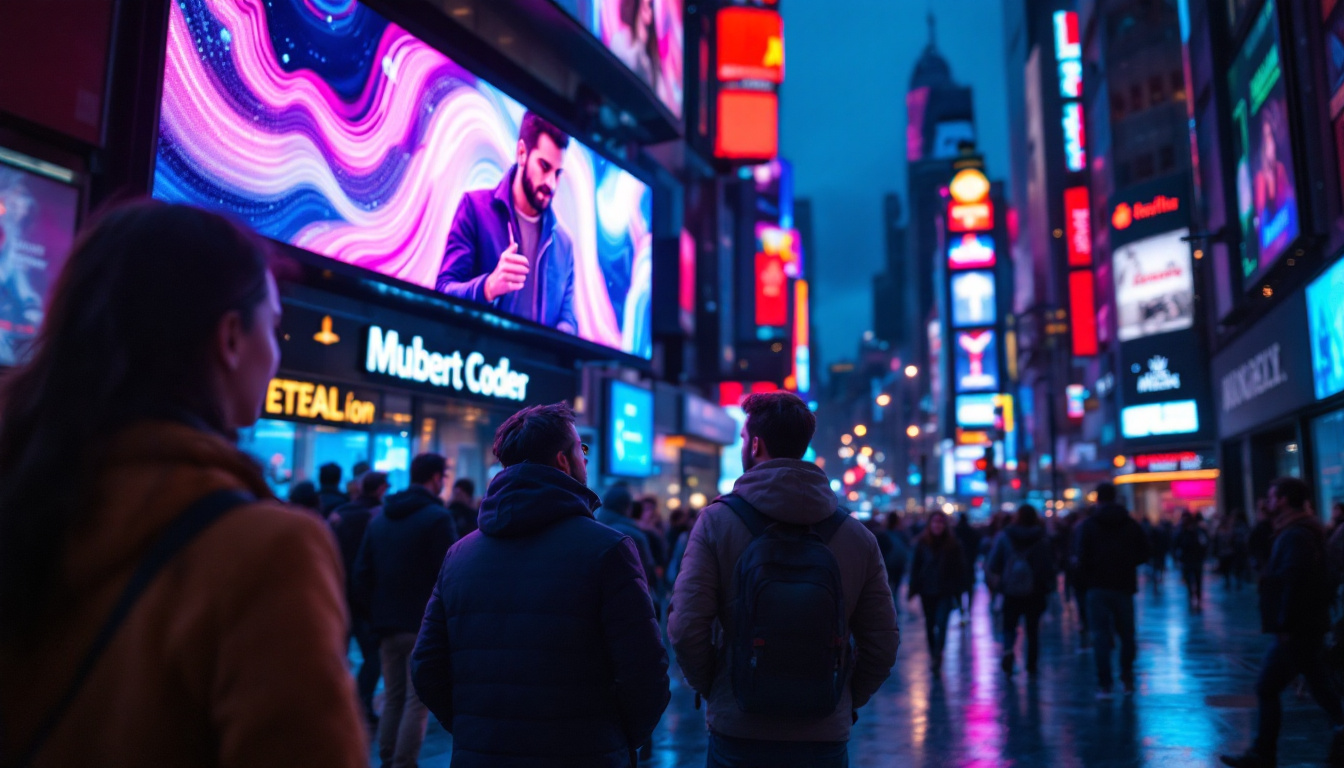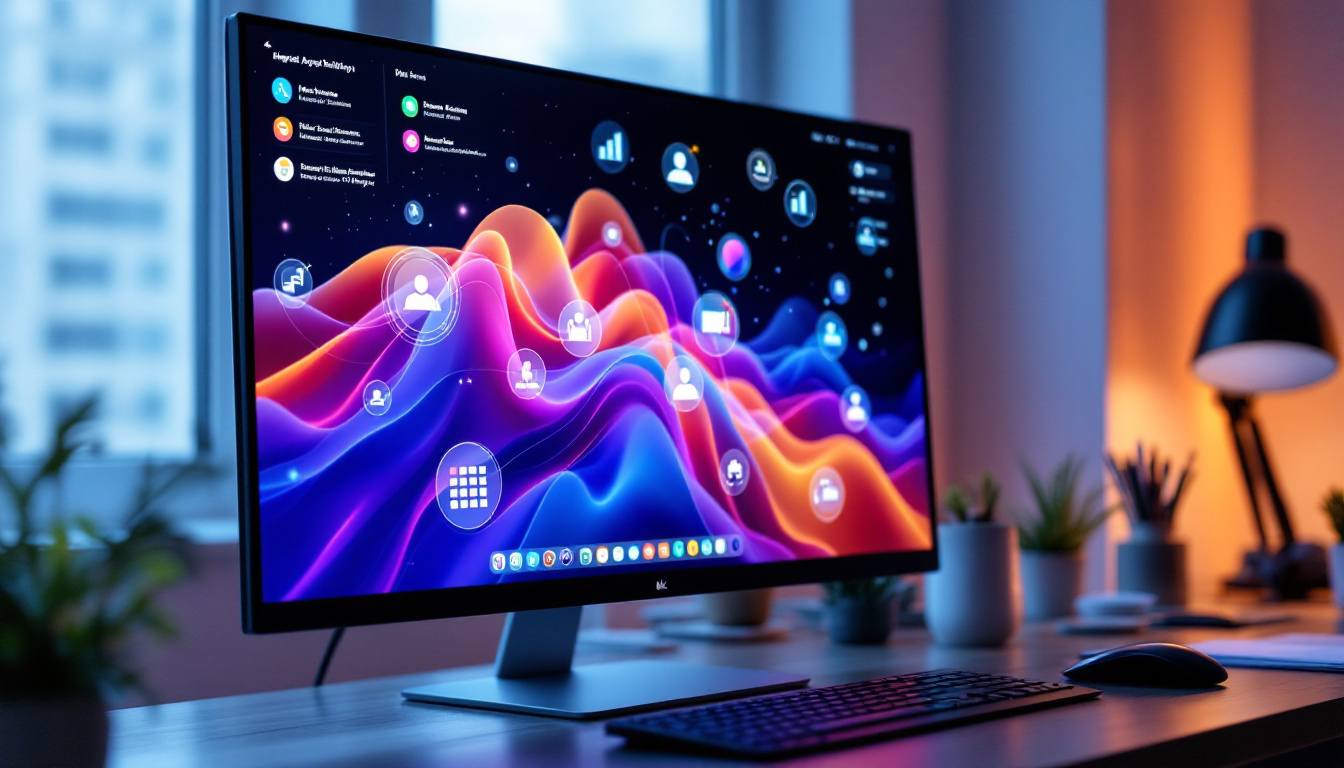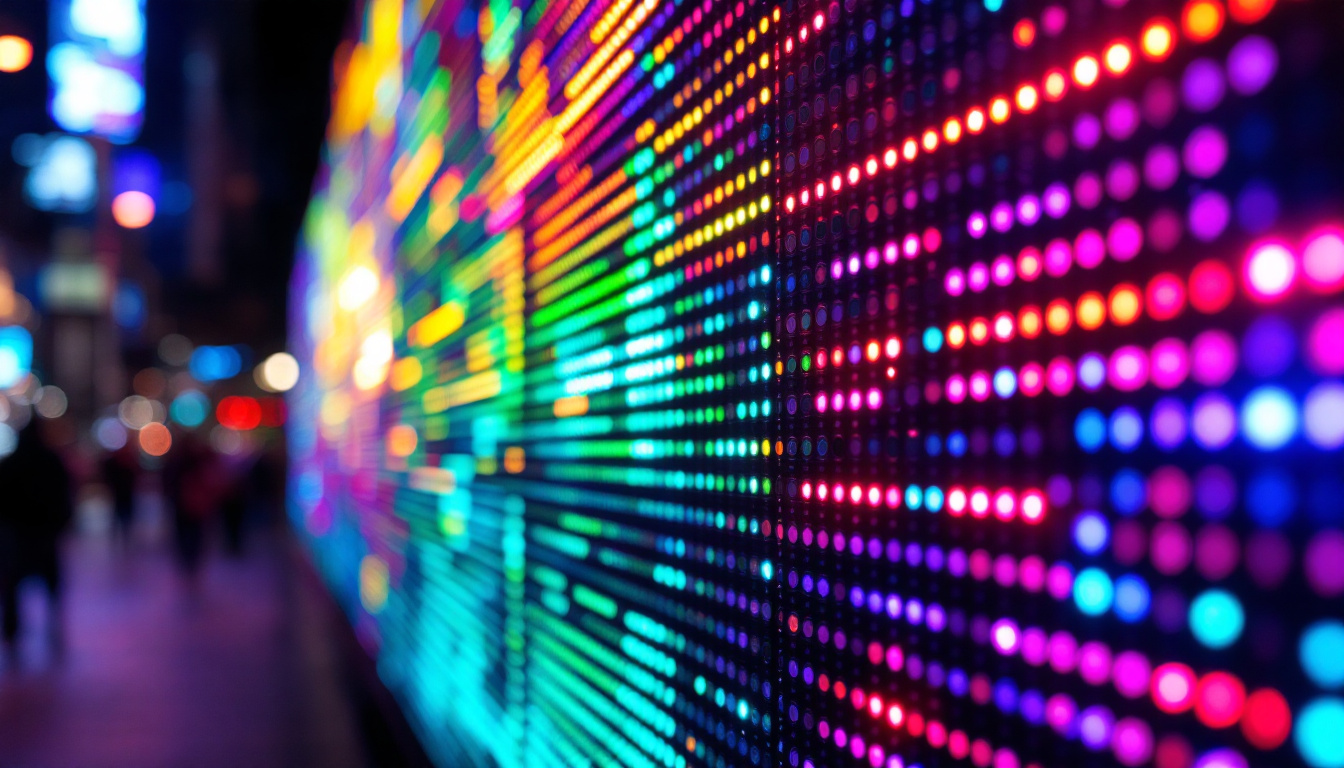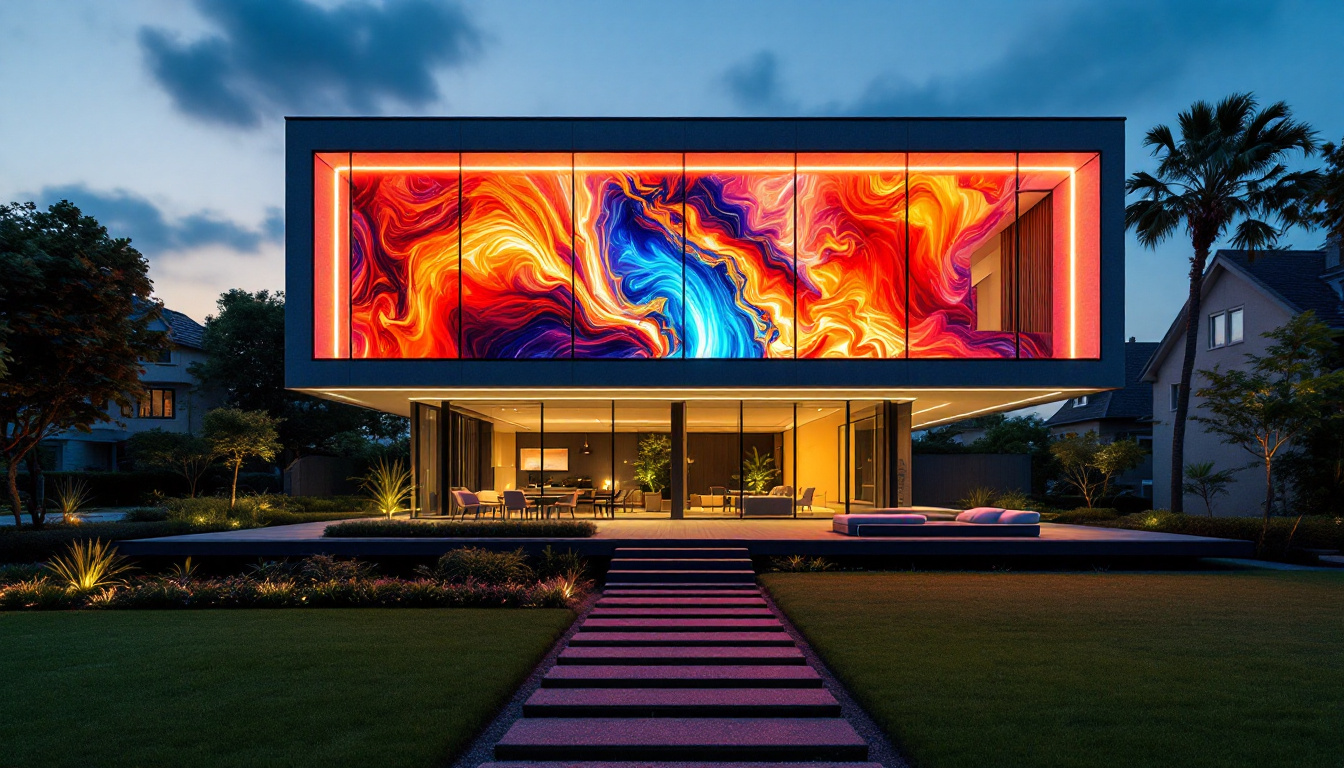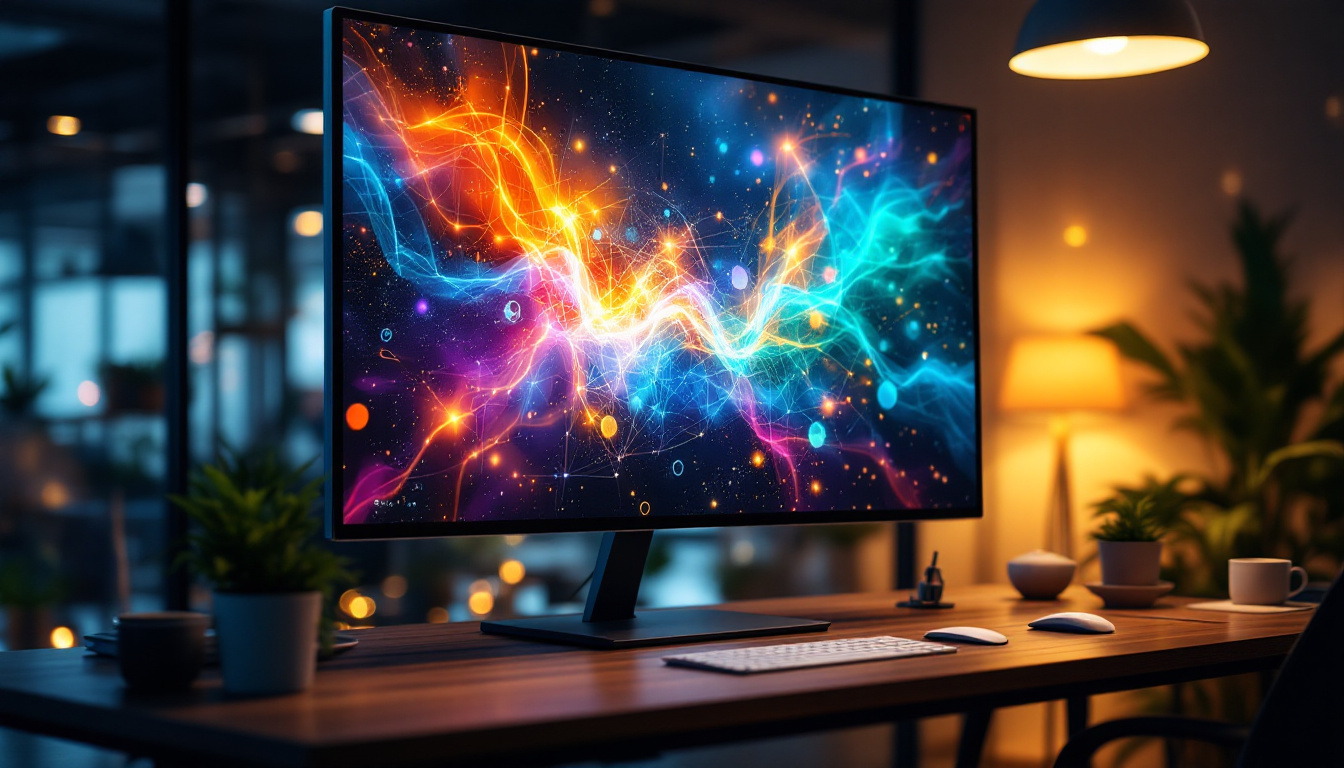Bendable LED Screen: LED Display Explained
In the rapidly evolving world of technology, LED displays have emerged as a cornerstone of modern visual communication. Among the latest innovations in this field is the bendable LED screen, a versatile solution that combines flexibility, high-quality visuals, and innovative design. This article delves into the intricacies of bendable LED screens, exploring their technology, applications, and advantages.
Understanding LED Technology
Light Emitting Diodes (LEDs) are semiconductor devices that emit light when an electric current passes through them. This technology has revolutionized the display industry, offering brighter, more energy-efficient alternatives to traditional lighting and display methods. The advent of LED technology has not only transformed how we illuminate our spaces but has also led to significant advancements in various sectors, including automotive, healthcare, and consumer electronics.
The Basics of LED Displays
LED displays are composed of numerous individual LEDs arranged in a grid. Each LED can be controlled independently, allowing for the creation of vibrant images and videos. The combination of red, green, and blue (RGB) LEDs enables a full spectrum of colors, making these displays ideal for various applications. This precise control over each pixel allows for dynamic content that can be easily updated, making LED displays particularly popular for advertising and information dissemination in public spaces.
Unlike conventional displays that rely on backlighting, LED screens produce their own light, resulting in higher brightness levels and improved contrast ratios. This characteristic makes them suitable for both indoor and outdoor environments, where visibility is paramount. Furthermore, LED technology is inherently more durable and resistant to shock and vibration, which is why it is often used in demanding environments such as sports arenas and concert venues, where reliability is crucial.
Types of LED Displays
LED displays can be categorized into several types, including direct view, OLED, and bendable LED screens. Each type has unique characteristics suited for different applications. Direct view LED displays are commonly used for large-scale advertising and events, while OLED displays offer superior color accuracy and flexibility. The ability of OLEDs to achieve true black levels and vibrant colors has made them a favorite for high-end televisions and mobile devices, where visual quality is paramount.
Bendable LED screens, as the name suggests, can be curved or shaped to fit specific designs. This flexibility opens up new possibilities for creative installations, allowing designers to push the boundaries of traditional display formats. In addition to aesthetic applications, bendable LEDs are also being explored for use in wearable technology, where adaptability to the human form can enhance user experience. As technology continues to evolve, the potential for innovative uses of LED displays seems limitless, paving the way for future developments in interactive and immersive environments.
The Emergence of Bendable LED Screens
Bendable LED screens represent a significant advancement in display technology. Their ability to conform to various shapes and surfaces makes them particularly appealing for creative industries, architecture, and event management. As the demand for more engaging visual experiences grows, these innovative screens are paving the way for a new era of interactive design, where the boundaries of traditional display formats are continually pushed.
How Bendable LED Screens Work
The technology behind bendable LED screens involves the use of flexible circuit boards and lightweight materials. These screens are built using thin layers of LEDs that can be bent without compromising the integrity of the display. The flexibility is achieved through advanced manufacturing techniques that allow for the integration of flexible components. This intricate engineering not only enhances the physical properties of the screens but also ensures that they maintain high-resolution output even when contorted into various shapes.
When an electric current is applied, the LEDs illuminate, producing high-quality images regardless of the screen’s curvature. This capability enables designers to create immersive environments that engage audiences in unique ways. For instance, in an art installation, a bendable LED screen can wrap around a sculpture, creating a dynamic interplay of light and form that captivates viewers. This versatility opens up endless possibilities for storytelling and artistic expression, allowing creators to think outside the box and redefine how visual narratives are presented.
Advantages of Bendable LED Screens
Bendable LED screens offer numerous advantages over traditional display technologies. Their flexibility allows for innovative designs that can adapt to various spaces, from curved walls to intricate installations. This adaptability can enhance the aesthetic appeal of a venue or product, making it more attractive to consumers. Furthermore, the ability to create seamless displays without visible bezels means that designers can craft larger-than-life visuals that draw audiences in, providing a more immersive experience.
Additionally, these screens are lightweight and easy to install, reducing the time and labor costs associated with traditional display setups. Their energy efficiency also contributes to lower operational costs, making them a sustainable choice for businesses looking to reduce their environmental impact. The long lifespan of LED technology further enhances their appeal, as they require less frequent replacement than conventional screens, thus minimizing waste. As industries continue to explore the potential of bendable LED screens, we can expect to see even more innovative applications, from retail displays that wrap around products to interactive installations in public spaces that invite participation and engagement.
Applications of Bendable LED Screens
The versatility of bendable LED screens has led to their adoption across various industries. From advertising to entertainment, these displays are transforming the way information is presented and experienced.
Advertising and Marketing
In the advertising sector, bendable LED screens are used to create eye-catching displays that attract attention. Retailers utilize these screens to showcase products in dynamic ways, often incorporating movement and interactivity to engage customers. The ability to bend and shape the display allows for unique storefront designs that stand out in a crowded marketplace.
Moreover, these screens can be integrated into various environments, such as trade shows and exhibitions, where adaptability is crucial. Brands can create immersive experiences that leave a lasting impression on potential clients.
Entertainment and Events
In the entertainment industry, bendable LED screens are revolutionizing stage design. Concerts, theater productions, and live events benefit from the ability to create stunning visual backdrops that enhance the overall experience. The flexibility of these screens allows for creative staging options that can transform a venue into a captivating visual spectacle.
Additionally, event planners can use bendable LED screens to create unique installations that adapt to the theme of the event. This customization can elevate the atmosphere, making events more memorable for attendees.
Architectural Integration
Bendable LED screens are also making waves in architectural design. Architects and designers are increasingly incorporating these displays into building facades and interior spaces. The ability to bend and shape the screens allows for innovative designs that blend technology with aesthetics.
From dynamic building exteriors that change appearance based on lighting and content to interactive installations in lobbies and public spaces, bendable LED screens are redefining the relationship between architecture and technology.
Challenges and Considerations
Despite their many advantages, bendable LED screens come with challenges that must be considered. Understanding these challenges is crucial for businesses and designers looking to implement this technology effectively.
Cost Factors
One of the primary challenges associated with bendable LED screens is their cost. While prices have been decreasing as technology advances, they can still be more expensive than traditional display options. Businesses must weigh the benefits of flexibility and innovation against the initial investment required.
Additionally, the installation and maintenance of these screens may require specialized knowledge and skills, further contributing to overall costs. It is essential for businesses to conduct a thorough cost-benefit analysis before making a decision.
Durability and Maintenance
While bendable LED screens are designed to be flexible, they are not immune to wear and tear. The materials used in their construction must be durable enough to withstand bending and environmental factors, especially in outdoor applications. Regular maintenance is necessary to ensure optimal performance and longevity.
Businesses should consider the maintenance requirements and potential downtime when implementing bendable LED screens. Developing a maintenance plan can help mitigate these challenges and ensure that the displays remain in top condition.
The Future of Bendable LED Screens
The future of bendable LED screens looks promising, with ongoing advancements in technology and manufacturing processes. As demand for innovative display solutions continues to grow, manufacturers are likely to invest in research and development to enhance the capabilities of these screens.
Technological Innovations
Future developments may include improvements in resolution, color accuracy, and energy efficiency. As the technology matures, bendable LED screens could become even more versatile, allowing for new applications and creative possibilities.
Furthermore, the integration of smart technology, such as sensors and connectivity features, could enhance the interactivity of bendable LED displays. This would allow for real-time content updates and personalized experiences, making them even more appealing to businesses and consumers alike.
Broader Adoption Across Industries
As awareness of the benefits of bendable LED screens grows, more industries are likely to adopt this technology. Beyond advertising and entertainment, sectors such as education, healthcare, and transportation may find innovative ways to utilize bendable displays.
For instance, educational institutions could use bendable LED screens to create interactive learning environments, while healthcare facilities might implement them for patient information displays. The potential applications are vast, and as the technology becomes more accessible, it will likely see widespread adoption.
Conclusion
Bendable LED screens represent a significant leap forward in display technology, offering flexibility, creativity, and high-quality visuals. Their ability to adapt to various environments and applications makes them an attractive option for businesses looking to enhance their visual communication strategies.
While challenges such as cost and maintenance exist, the advantages of bendable LED screens often outweigh these concerns, especially in industries where innovation and engagement are paramount. As technology continues to evolve, the future of bendable LED screens promises even greater possibilities, making them a compelling choice for anyone looking to make a bold statement with their visual displays.
Discover the Future of Visual Displays with LumenMatrix
Ready to elevate your visual communication and create an unforgettable experience? LumenMatrix is at the forefront of LED display innovation, offering a wide range of solutions tailored to your needs. From mesmerizing Indoor LED Wall Displays to dynamic Outdoor LED Wall Displays, and from versatile Vehicle LED Displays to engaging LED Sports Displays, our technology is designed to captivate and engage your audience. Embrace the future with our cutting-edge LED display modules and make a bold statement. Check out LumenMatrix LED Display Solutions today and transform your space into a visual masterpiece.

